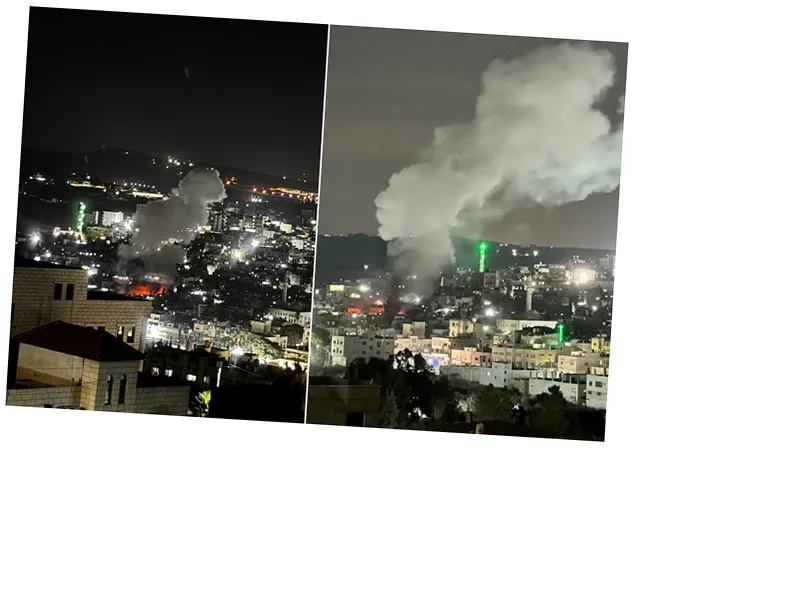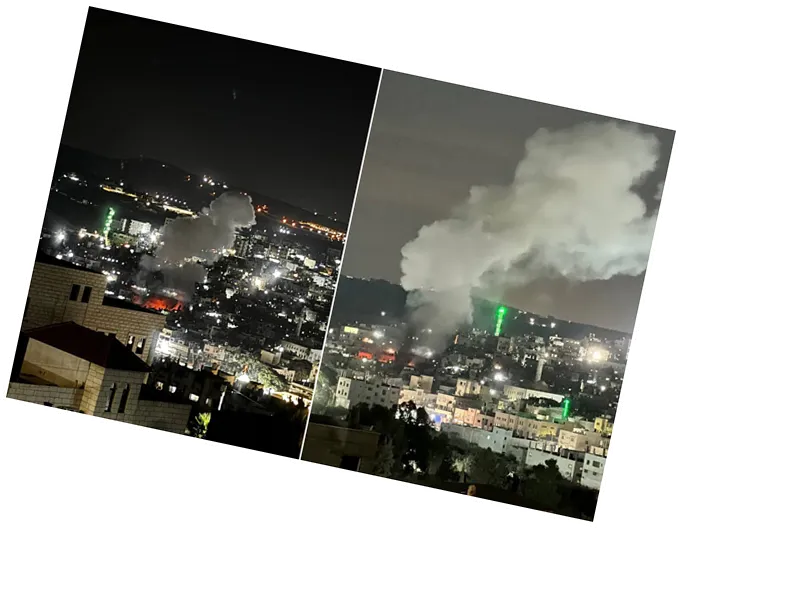The Historical Significance of Nour Shams Camp
Nour Shams refugee camp, established in 1950, is located about 3 kilometers east of Tulkarm city center in the West Bank. This camp was named after the British prison that operated during their occupation of Palestine in 1919. With a population exceeding 13,000 as of 2022, it has become a focal point of Palestinian resistance. The camp is not just a shelter for refugees but also a symbol of resilience against the ongoing Israeli occupation. The historical context of its establishment highlights the struggles faced by the Palestinian people, particularly those displaced from Jenin due to harsh weather conditions.
Life and Facilities in Nour Shams Camp
The camp spans an area of 210 dunums and is divided into northern and southern sections, providing essential facilities for its residents. Nour Shams hosts two UNRWA schools, catering to over 1,500 male and female students, and a health center offering crucial primary health care services. These facilities play a vital role in supporting the community, especially in times of conflict. However, the ongoing siege and military incursions have severely impacted the daily lives of the residents, further exacerbating the humanitarian crisis in the region.
Clashes and Resistance: The Ongoing Struggle
Nour Shams camp has been the site of numerous violent confrontations between Palestinian residents and Israeli forces. Notably, in October 2023, the camp witnessed intense clashes following the events of October 7, leading to repeated bombings and a stringent siege by Israeli forces. The Tulkarm Brigade, established in 2022, has made the camp its headquarters, intensifying the resistance efforts against the occupation. These confrontations have resulted in significant losses, including the deaths of numerous Palestinian martyrs, underscoring the ongoing struggle for freedom and justice in the region.
- Nour Shams camp's establishment was a response to the displacement of Palestinians during the tumultuous period of the late 1940s and early 1950s. The camp's residents, originally from Jenin, faced dire conditions that forced them to seek refuge in Tulkarm. Over the years, the camp has endured numerous military operations, including the significant incursions of 2002, which left lasting scars on the community. Despite these challenges, the spirit of resistance remains strong among the residents, who continue to advocate for their rights and dignity.
- The Tulkarm Brigade, which has emerged as a significant force within the camp, reflects the broader dynamics of Palestinian resistance. The brigade's formation was a direct response to the increasing violence and oppression faced by the community, and it has garnered support from various factions within the Palestinian territories. The ongoing clashes highlight the urgent need for international attention and intervention to address the humanitarian crisis and promote peace in the region.






